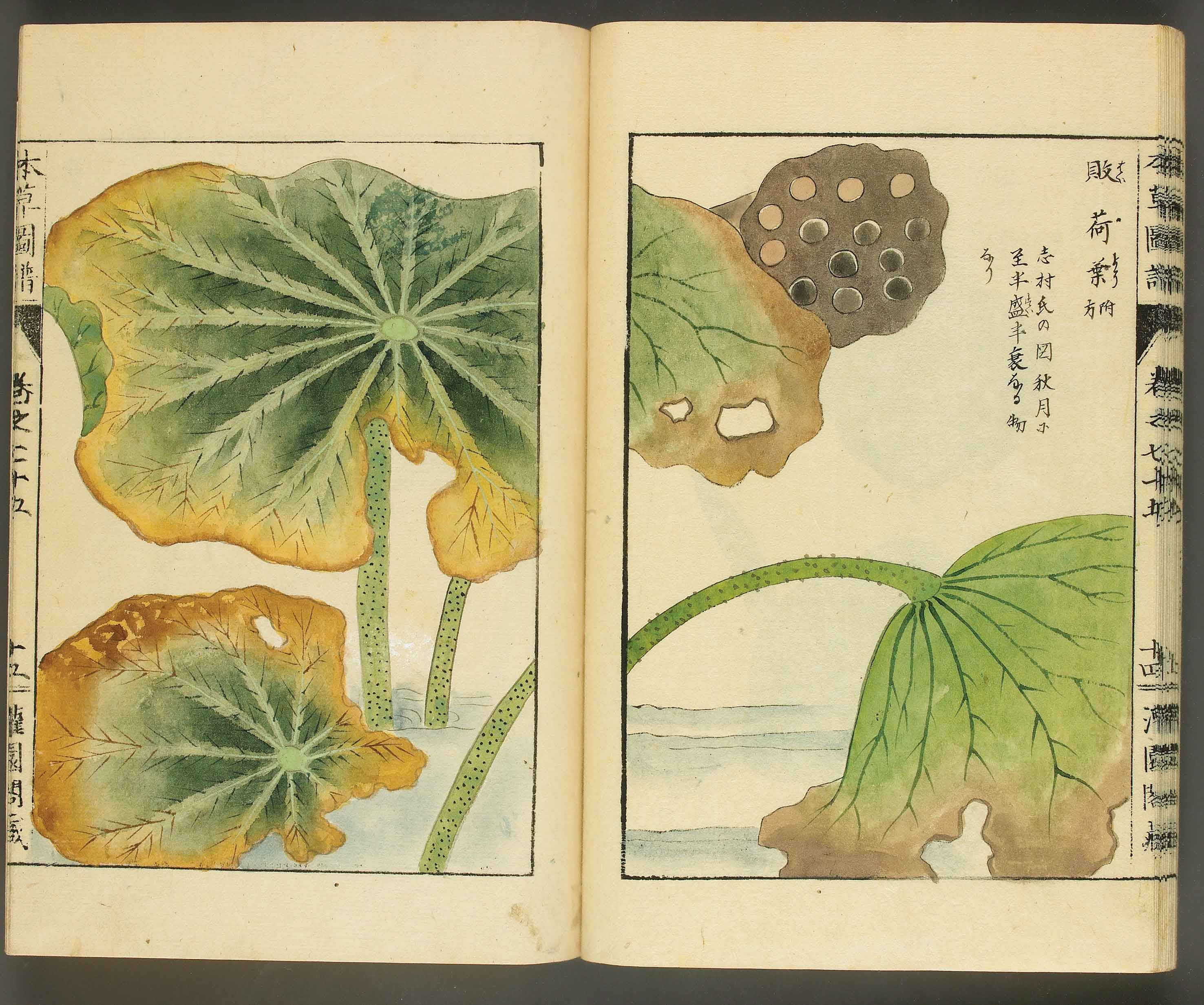The new major exhibition at Musée Guimet is designed to give the visitor a completely different experience – an introspective journey between the body and the supernatural, Médecines d’Asie is the first major exhibition in France devoted to the three great Asian medical traditions from India, China, and Tibet.
Creating a scenic journey crossing borders and time, the exhibition transports the visitor to a universe where thousand-year-old medical practices and exceptional works of art meet, evoking meditation and shamanism, the balance of energies and the pharmacopoeia, massage and acupuncture along with astrology and exorcism. The exhibition creates this experience by using four major themes and some 300 works to set the scene. Most of the works on show will be seen by the public for the first time and come from French national collections as well as major European heritage institutions.
The first section is called From Myth to History and presents the fundamental aspects of the three great traditions of medicine, through works of great aesthetic and spiritual strength, including a video to show the circulation of energy and vital flows in the human body, a common point of understanding in all of the therapies offered by traditional medicine.
The visitor gradually discovers the mythology, history and development of medical traditions based on the balances between ‘infinitely large’ and ‘infinitely small’. The journey continues with the presentation of the pantheon of deities linked to medicine, in which the concepts of disease or healing are embodied, emphasising the links between medicine and spirituality.
The second room, called Diagnosis and Care, invites the visitor to continue the journey in a more intimate and warm space. The central point of the exhibition is a space designed specifically as a dream apothecary where pharmacopoeia, acupuncture and moxibustion (expelling cold, promoting the circulation in meridians and collaterals, clearing away heat, detoxification, using for circulating qi – energy in Chinese – and blood flow).
Surrounding the specially created pharmacy and the cabinet of curiosities, there are acupuncture mannequins, a section on medicinal plants, and a display of precious medicine boxes. Physical treatment techniques such as massage and energy practices
(qi gong, tai chi, yoga) are also discussed in this area. In the enveloping atmosphere of a room dedicated to rest and spiritual introspection, the visitor also has the opportunity to indulge in meditation exercises, while contemplating works imbued with great serenity.
The third section, Soul Medicine, looks beyond the physiological body. The use of medicines in treating and healing the mind and psyche are also considered an important part of Asian traditional practice. This includes astrology, the use of charms and rituals, amulets and talismanic clothing – all are means to fight against the unspeakable affections of the soul, or can guard against harm in battle.
A common thread in this third section is dedicated to the medicine of the soul, to spirits and to demonic forces, as nine astral divinities guide the visitor in the meanderings of the unconscious. Two alcoves, devoted respectively to shamanism and exorcism, invite the visitor to have a one-on-one with supernatural medicines in these traditions. An emotional section is devoted to the symbolic protection of children through objects imbued with intimacy and love.
The final section, East and West: the Dialogue of Opposites discusses the differences in the different disciplines. The popularity and effectiveness of Asian medicines is undeniable today, both in an approach to well-being and in hospital care. The end of the journey in this exhibition evokes the medical dialogue between East and West that has been active continually since the 16th century. Here, the visitor can discover precious encyclopaedic works presented in a setting that evokes the atmosphere of an old library.
On show in this section is a unique Japanese acupuncture dummy, brought back to Europe in the 17th century, revealing the long-standing interest of the West in Asian treatment and diagnostic techniques. Echoing this, an exceptional and disturbing Japanese painted scroll, deployed over eight metres in length, illustrates the scientific dissection of a condemned man, revealing the desire for analysis and understanding shown by the Orient with regard to Western medicine approach.
From 17 May to 18 September, 2023, Musée Guimet, guimet.fr







